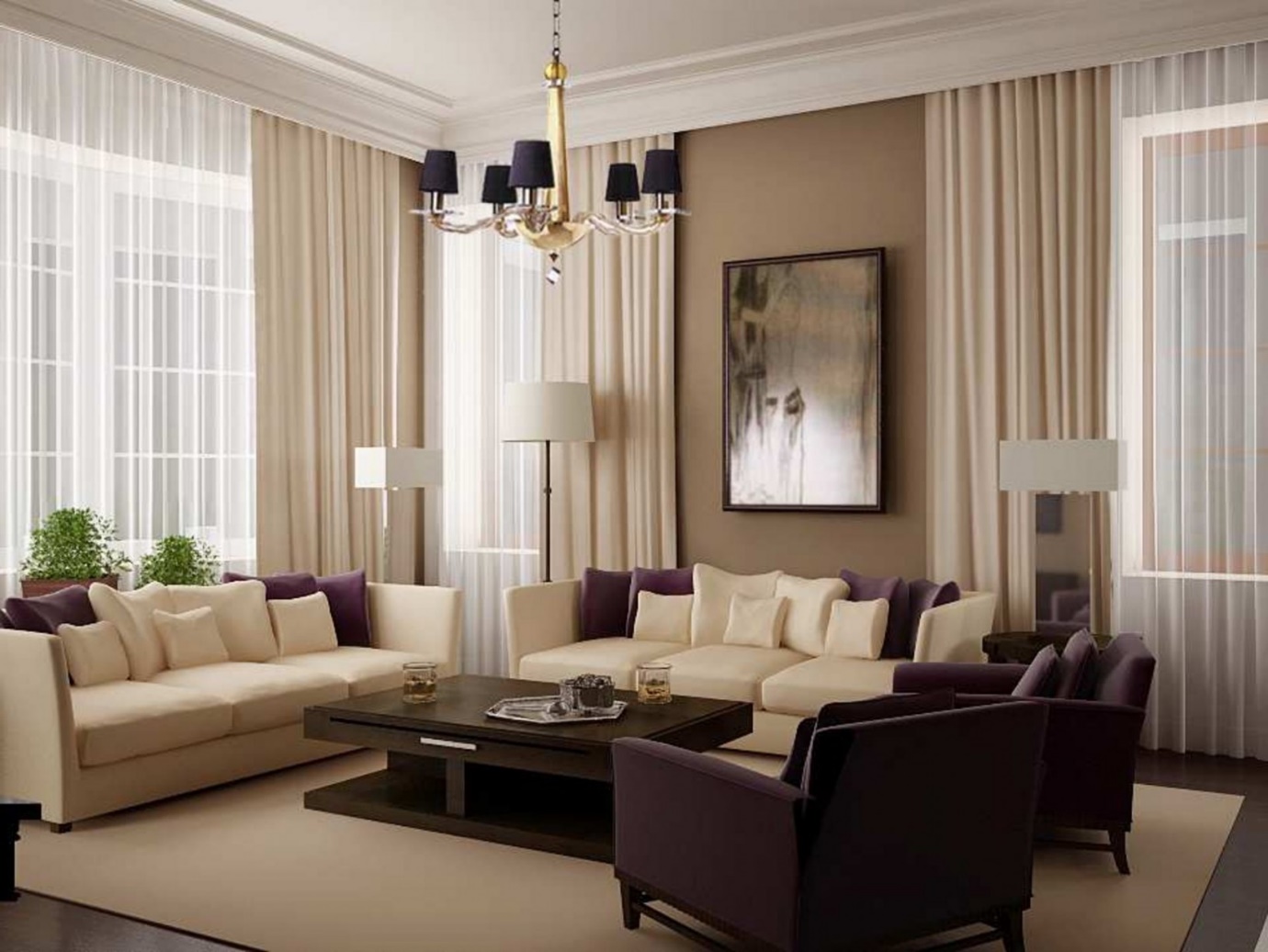
The Importance of Curtain Colors in Interior Design
When it comes to interior design, every detail matters. From the furniture selection to the wall color, each element contributes to the overall aesthetic of a space. One often overlooked aspect is the choice of curtain colors. Curtains not only serve a practical purpose but also have the power to transform the look and feel of a room. In this article, we will explore the importance of matching drapes to your interior palette and provide valuable insights to help you make informed decisions.
Understanding Color Theory
Before delving into the world of curtain colors, it is essential to understand the basics of color theory. Colors can evoke certain emotions and create specific moods within a space. They can be categorized into warm tones (such as red, orange, and yellow) and cool tones (like blue, green, and purple). Additionally, colors can be classified as complementary, analogous, or monochromatic.

Complementary Colors
Complementary colors are opposites on the color wheel. When used together, they create a vibrant and visually appealing contrast. For example, pairing blue curtains with orange accents can create a striking and dynamic look in a room. However, it is important to use complementary colors sparingly to avoid overwhelming the space.
Analogous Colors
Analogous colors are adjacent to each other on the color wheel. They create a harmonious and soothing effect when used together. For instance, combining shades of blue and green curtains can create a serene and calming atmosphere in a bedroom or living room.
Monochromatic Colors
Monochromatic colors involve using different shades and tints of a single color. This creates a cohesive and sophisticated look. For example, choosing varying shades of gray curtains can add depth and elegance to a space.
Matching Curtain Colors to Your Interior Palette
Now that we have a basic understanding of color theory, let's explore how to match curtain colors to your interior palette. Here are some key considerations to keep in mind:
1. Assess the Dominant Colors
Start by identifying the dominant colors in your interior palette. Look at your furniture, walls, and other prominent elements in the room. Understanding the existing color scheme will help you choose curtains that complement and enhance the overall look.
2. Decide on the Mood
Consider the mood you want to create in the room. Do you want it to feel cozy and warm, or fresh and airy? The color of your curtains can significantly impact the atmosphere. Warm tones like red and orange can add a sense of coziness, while cool tones like blue and green can create a refreshing ambiance.
3. Balance Bold Patterns
If you have bold patterns or prints in your furniture or upholstery, it is best to opt for solid-colored curtains. This will prevent the space from feeling visually overwhelming. On the other hand, if your furniture and upholstery are mostly solid-colored, you can choose curtains with patterns or textures to add visual interest.
4. Consider Natural Light
Take into account the amount of natural light in the room. If you have a lot of natural light, lighter-colored curtains can help maximize the brightness and create an airy feel. Conversely, if the room lacks natural light, darker-colored curtains can add depth and create a cozy atmosphere.
5. Coordinate with Accent Colors
Look at the accent colors in your room, such as throw pillows, rugs, or artwork. Choose curtain colors that complement these accents to create a cohesive and well-coordinated look. This can help tie the entire space together and create a polished finish.

Examples of Curtain Color Combinations
To further illustrate the concept of matching drapes to your interior palette, let's explore some popular curtain color combinations:
| Interior Palette | Ideal Curtain Colors |
|---|---|
| Neutral Tones (e.g., beige, cream, white) | Soft pastels (e.g., light blue, blush pink) |
| Elegant and Bold (e.g., black, gold, deep purple) | Rich jewel tones (e.g., emerald green, sapphire blue) |
| Minimalist and Modern (e.g., white, gray, metallic accents) | Neutral shades (e.g., charcoal gray, taupe) |
| Coastal and Nautical (e.g., blue, white, sandy beige) | Navy blue and white stripes |
Summary
Curtain colors play a crucial role in interior design by adding depth, enhancing the mood, and complementing the overall palette of a space. Understanding color theory and considering factors such as dominant colors, desired mood, balance, natural light, and coordination with accent colors can help you make informed decisions when choosing curtains. By carefully selecting curtain colors, you can create a cohesive and visually appealing interior that reflects your personal style and enhances the overall ambiance of your home.